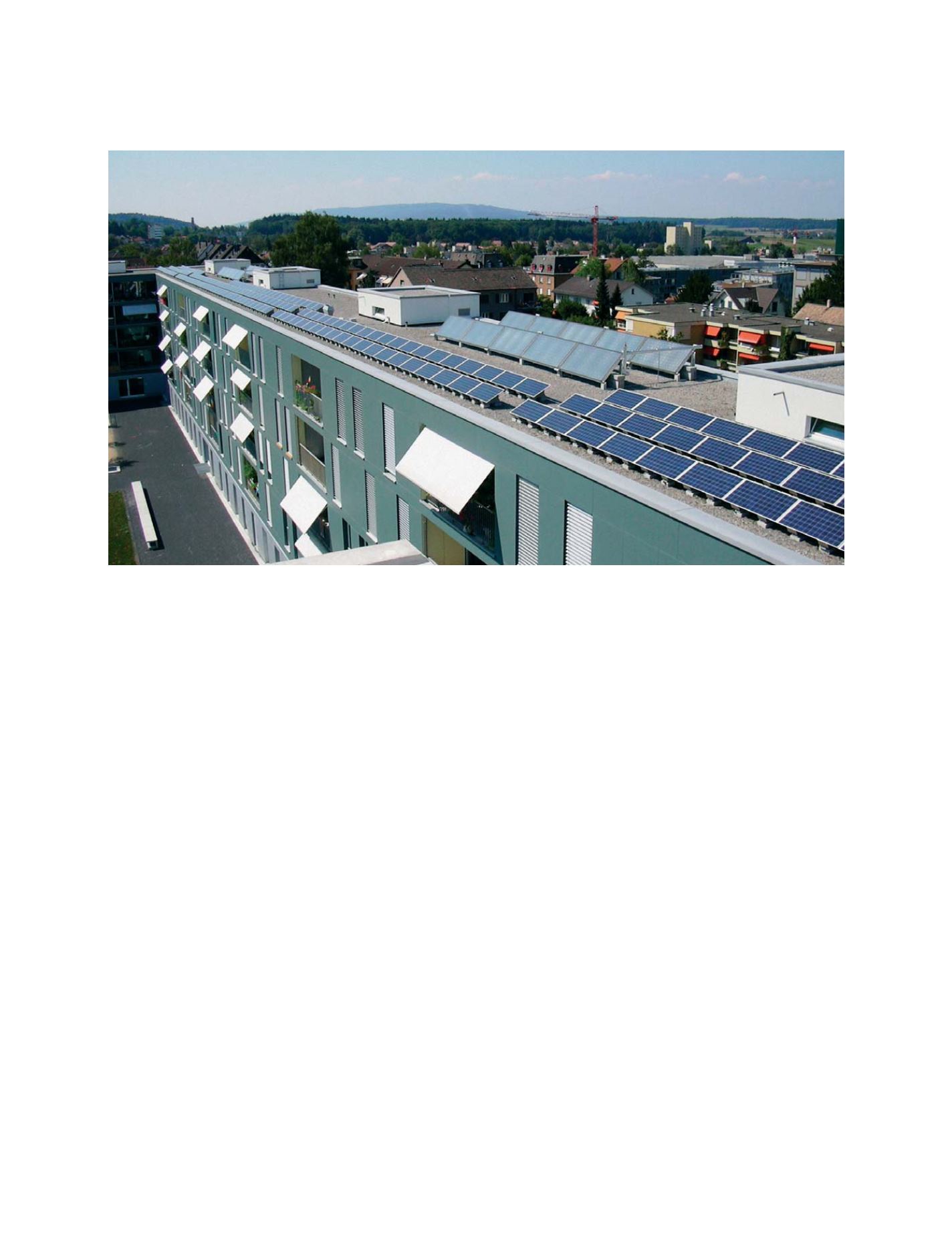

[
] 200
tional plants as well as from different renewable sources, such as
solar PV plants, and deliver it to the final users.
GEOSS near-term success project on solar energy data for
developing countries
Using the SoDa service
1
as a foundation, NASA and the Ecole des
Mines de Paris have collaborated in an effort to provide solar energy
data for developing countries. Two databases, the Ecole des Mines des
Paris Helioclim database and the Surface Meteorology and Solar
Energy (SSE) NASA data set were combined. The SoDa web interface
enables automatic access to both data sets, selecting the database
with the best temporal and spatial resolution for a certain location.
Daily values of a site’s irradiance for a multi-annual time series
length can be retrieved via a web service. This project is a success-
ful example of how European and US-based databases can be merged
and made available to the global community. This activity is already
a part of the NASA Energy Management Applied Science programme,
and will be a part of the planned Global Monitoring for Environment
and Security (GMES) solar energy radiation core service.
Benefit of earth observation for solar energy users
During the Environmental Information for Solar Energy Industries
(ENVISOLAR)
2
project (part of the European Space Agency’s Earth
Observation Market Development programme), users sought to raise
awareness on GEOSS capabilities. The user group included institu-
tional investors, engineering companies active as project developers,
assurances, banks and professional operators of solar power plants,
private investors, utilities, and load management software operators.
SAG Solarstrom AG builds and operates different sized PV instal-
lations and provides full financial investments to its customers.
Benedikt Ortmann, chief financial officer, says: “Looking
at our huge investment, we have to be sure that we mini-
mize the risk. Constant solar radiation is the basis for
that.” SAG Solarstrom’s Uwe Ilgeman states that he
cannot set satellite-derived data aside when building and
operating systems. “Especially with regard to future
markets like Spain, we need solid information for invest-
ment decisions,” he says. “The resolution of
ground-based data is too coarse – for example in Spain
there are only 30 sites available at the moment. Here,
satellite-derived data could help a lot.”
Contracting company Edisun Power AG, the largest
contractor of PV plants in Switzerland, orders site eval-
uations based on earth observation data. Site evaluations
for PV systems are of high importance for the investor,
as location is one of the most important factors in deter-
mining the profit or loss of a PV plant. Before
satellite-based irradiance values were available, reliable
yield estimations for many regions remained wishful
thinking. Edisun Power AG director Robert Kröni
confirms: “Comparison with existing PV installations,
the best source for site evaluation, is only available for
regions where the contractor already has a sufficient
number of PV installations. When a new market opens
this source is not available, as PV operators do not
usually publish their production values. We are now
expanding into countries like Germany, Italy and Spain
where we have no operation experience. To assure the
flow back of investment we must be sure that we build
the PV systems at locations with enough solar radiation”.
Photovoltaic system Jasminweg in Zürich. The Jasminweg photovoltaic system is operated by Edisun Power AG
using plant monitoring services based on satellite information
Photo: Enecolo AG
S
OCIETAL
B
ENEFIT
A
REAS
– E
NERGY
















